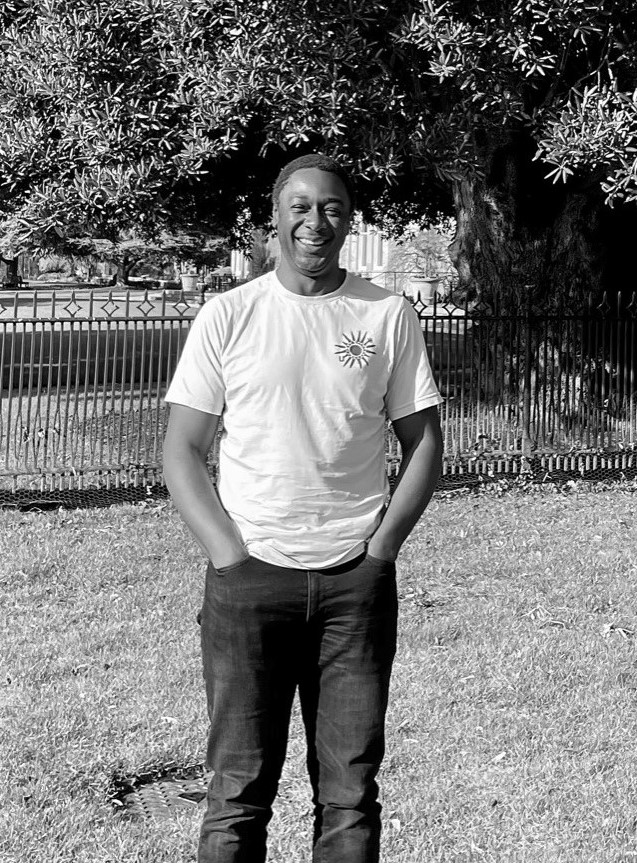
POSTED BY
Simon Thomas
Data is getting real – assessing the impact of Real World Evidence on pharmaceutical innovation
Real World Evidence (RWE) is where information gathered from non-clinical sources are used to assess the performance of drugs or therapies.
In the past, the majority of reliable information about a drug or therapy came from clinical trials or formal feedback from the field. Now, the exponential growth in the availability of detailed data and information relating to the health and well-being of many patients has added significant new sources of information to be brought into play effectively.
RWE and Artificial Intelligence
Importantly, RWE is a key factor in the development of the use of Artificial Intelligence (AI) in biopharma. This is set to help biopharma companies coordinate product launches, improve patient engagement, help with physician decision support and marketing operations, and even predict market access and pricing decisions.
Understanding detailed RWE through AI can also help tailor behavioural nudges, motivations, care journeys and engagement challenges. Evidence generation to establish proof of value looks likely to become critical to support reimbursement models for new curative therapies and services.
RWE vs Clinical Trials
The use of RWE is not new, and it has already been used in the post authorisation phase for safety signal evaluation, risk management, and for studies to support life cycle benefit-risk evaluation.
Although randomised clinical trials (RCTs) still represent the gold standard for ensuring drug efficacy, they cannot provide the answer to all questions.
This is particularly clear in the treatment of very rare diseases.
RWE and RWD are now considered to have a great potential to complement, and in some cases, replace the evidence generated through randomised controlled trials.
When is RWE used?
RWE is already used widely post authorisation for addressing safety and effectiveness questions. However, it remains to be seen just how much it can contribute to medicine development in the pre-approval phase.
Traditionally, clinical evidence is collected to support the marketing authorisation of a new medicine. This is typically generated from randomised controlled clinical trials (RCTs).
RCTs have limitations – in the tightly controlled conditions of clinical care, highly selected populations, and small sample sizes.
Real-world data (RWD) and its conversion to real-world evidence (RWE) by using applicable methodology, could provide additional insights that help during the pre-approval phase of a medicine by mitigating several of the limitations of RCTs.
A Deloitte RWE benchmarking survey that was conducted between January and April 2018 found that 60 per cent of biopharma companies use RWD and 95 per cent expect to use it in the coming years.
However, that survey also found that adopting and applying RWE is not always easy - 75 per cent of respondents said external stakeholders, such as payers and providers, were not always convinced.
Medical product developers are increasingly using RWD and RWE to support clinical trial designs (e.g., large simple trials, pragmatic clinical trials) and observational studies to generate innovative, new treatment approaches.
The 21st Century Cures Act, passed in 2016, places additional focus on the use of these types of data to support regulatory decision making, including approval of new indications for approved drugs.
Why is this happening now?
The use of computers, mobile devices, wearables and other biosensors to gather and store huge amounts of health-related data has been rapidly accelerating. These developments hold potential to allow more effective design of clinical trials and studies in the health care setting to answer questions previously though infeasible. The development of sophisticated, new analytical capabilities, such as artificial intelligence (AI) and machine learning (ML), means more efficient analysis and more effective application of medical product development and approval.
Challenges
Key to the challenges faced by using this kind of RWD and RWE is the verification and relevance of the data and the evidence it informs. A 2019 paper from Margolis Centre of Health Policy stated that data reliability “considers whether the data adequately represent the underlying medical concepts they are intended to represent” and that data relevance is the “assessment of whether the data can adequately address the regulatory question, in part or whole” Their conclusion is that RWD – and by association RWE - is only demonstrably reliable through thorough quality control and quality assurance.
At the moment the data sources mentioned are attainable, but are the majority of solutions are still in the restricted view of automating CDISC or another standard? A key challenge to solving this riddle is to create a technical solution that can handle data from sources that don’t follow a predetermined standard. Could this be the time to take advantage of a full metadata approach? Using a transformation engine that is entirely driven by metadata which will improve automation, transparency of data flow and support of that data that doesn’t follow a predetermined standard.
The result is a categorisation and assessment of methods of gathering RWD and a series of checks and balances that allows the relevance and status of RWD and RWE to be evaluated, recorded and taken into consideration at every stage.
Conclusion
Real-world data (RWD) and real-world evidence (RWE) are already used in the regulation of the development, authorisation, and supervision of medicines. Their role in safety monitoring and disease epidemiology are already well-established. During the COVID-19 pandemic, RWE rapidly provided impactful evidence on drug safety, vaccine safety, and effectiveness and we were reminded of the importance of robust study methods and transparency.
The European Medicines Regulatory Network (EMRN) strategy to 2025, is that by 2025 the use of RWE will have been enabled and the value will have been established across the spectrum of regulatory use cases.
With the way we collect, verify and evaluate date gathered from non-traditional sources growing, the use of RWD and RWE looks set for investment, expansion and exponential growth.



